Saturn’s largest moon might be the only place beyond Earth where humans could live.


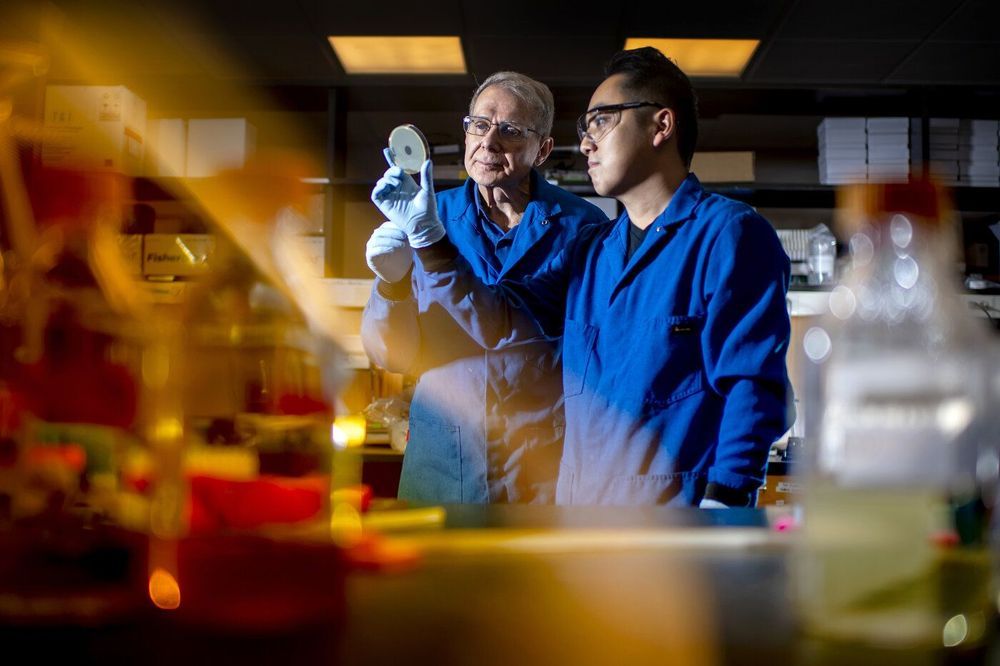
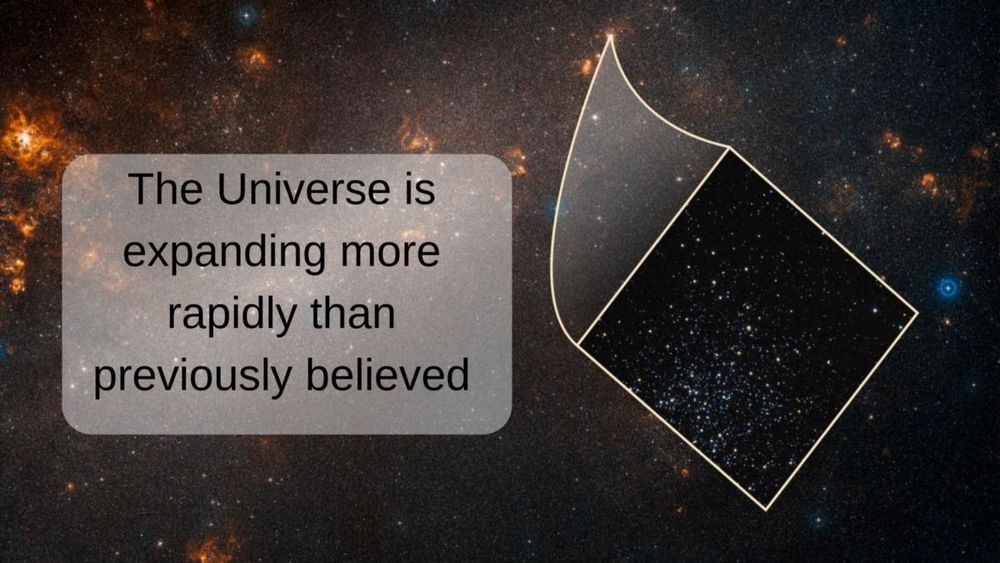
Astronomers believe that new measurements from NASA’s Hubble Space Telescope confirm that the Universe is expanding about 9% faster than expected based on its trajectory seen shortly after the big bang.
This means that the Hubble constant (H0) — the measure of the current expansion rate of the Universe, named after Edwin Hubble, the man who first observed said expansion — needs adjustment from its current figure of ~2 × 10-¹⁸ s-¹.
Adam Riess, Bloomberg Distinguished Professor of Physics and Astronomy at The Johns Hopkins University, Nobel Laureate, says of the disparity between old calculations and these new findings: “This mismatch has been growing and has now reached a point that is really impossible to dismiss as a fluke. This is not what we expected.”
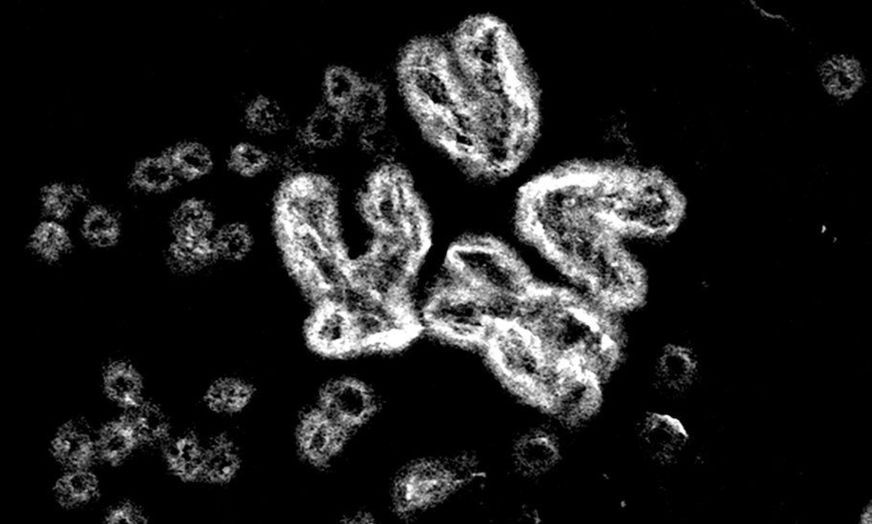
We will have a fresh new presentation on Exosomes “The End of Aging” by Harvard Genetics Genius Dr. Duncan Ross, the Founder of Kimera Labs. And Bill Faloon will present the latest in Age Reversal research.
Visit The Church of Perpetual Life this Thursday, November 21st at 7:00 PM.
Our Doors open at 6:00 PM
Before the service: Enjoy tasty snacks, networking and conversations on Age Reversal, Cryonics, The Singularity and other topics of interest to all for the quest of an Unlimited Life. Stay afterwards as we have a delicious 5 star dinner reception with speakers.
Bring a friend! Someone that you would like to share news of amazing emerging technologies on Health & Extreme Longevity!
“Our task is to make nature, the blind force of nature, into an instrument of universal resuscitation and to become a union of immortal beings.“
- Nikolai F. Fedorov
We hold faith in the technologies & discoveries of humanity to END AGING and Defeat involuntary Death within our lifetime.
Working to Save Lives with Age Reversal Education.

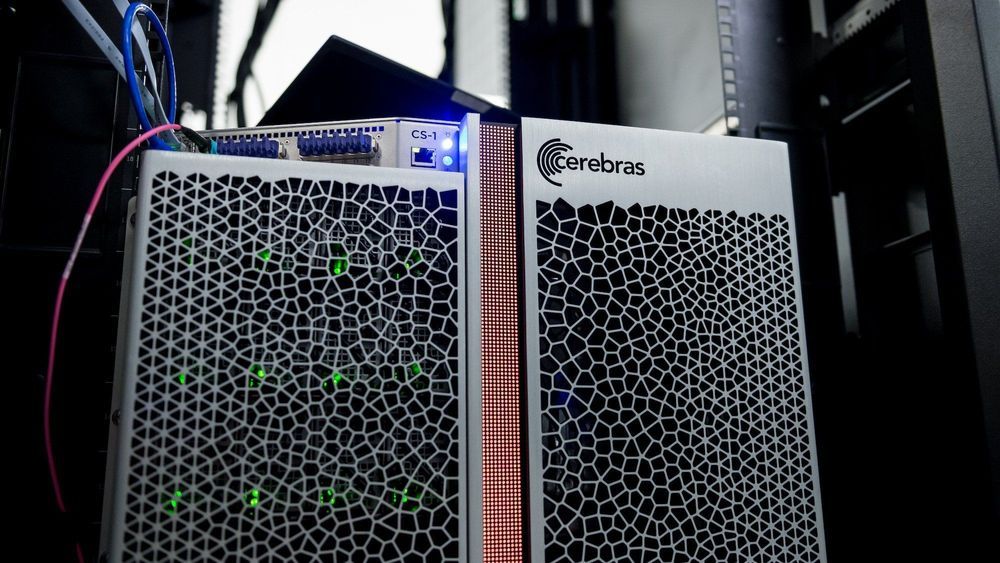
But in the last few years, AI has changed the game. Deep-learning algorithms excel at quickly finding patterns in reams of data, which has sped up key processes in scientific discovery. Now, along with these software improvements, a hardware revolution is also on the horizon.
Yesterday Argonne announced that it has begun to test a new computer from the startup Cerebras that promises to accelerate the training of deep-learning algorithms by orders of magnitude. The computer, which houses the world’s largest chip, is part of a new generation of specialized AI hardware that is only now being put to use.
“We’re interested in accelerating the AI applications that we have for scientific problems,” says Rick Stevens, Argonne’s associate lab director for computing, environment, and life sciences. “We have huge amounts of data and big models, and we’re interested in pushing their performance.”
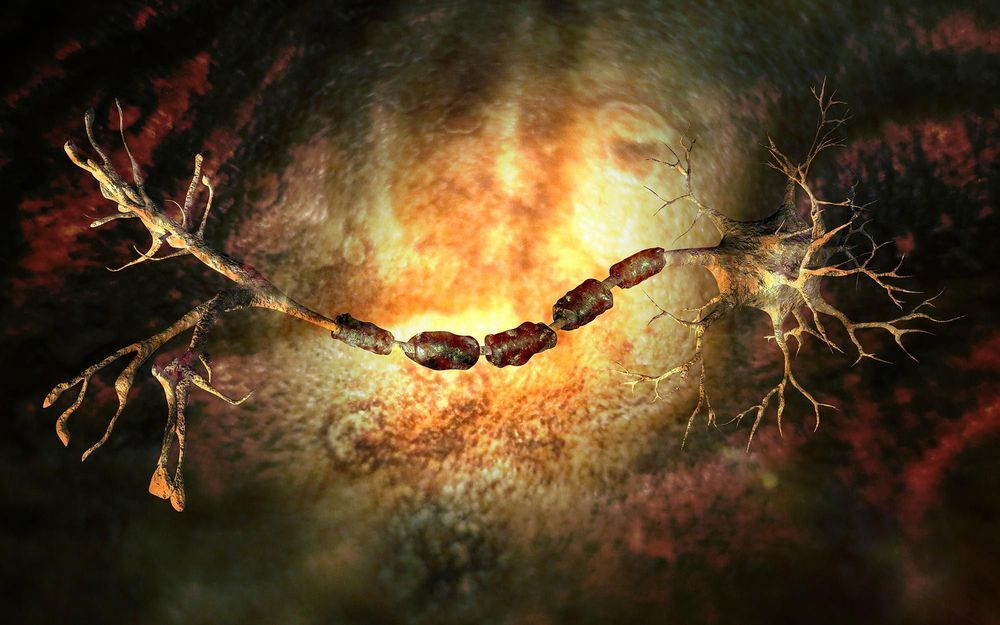
The brain cortex, the outside layer of our brain often referred to as grey matter, is one of the most complex structures found in living organisms. It gives us the advanced cognitive abilities that distinguish us from other animals.
Neuroscientist Professor Pierre Vanderhaeghen (VIB-KU Leuven, Université libre de Bruxelles) explains what makes the human brain so unique: “One remarkable feature of human neurons is their unusually long development. Neural circuits take years to reach full maturity in humans, but only a few weeks in mice or some months in monkeys.”
“This long period of maturation allows much more time for the modulation of brain cells and circuits, which allows us to learn efficiently for an extended period up until late adolescence. It’s a very important and unique feature for our species, but what lies at its origin remains a mystery.”

There was an historic first today as we welcomed an actual, real-life robot onto the sofa for a chat. 🤖 Sophia not only drew pictures of Holly and Phillip, she also summoned the memory of Gordon the Gopher! 😂😂.